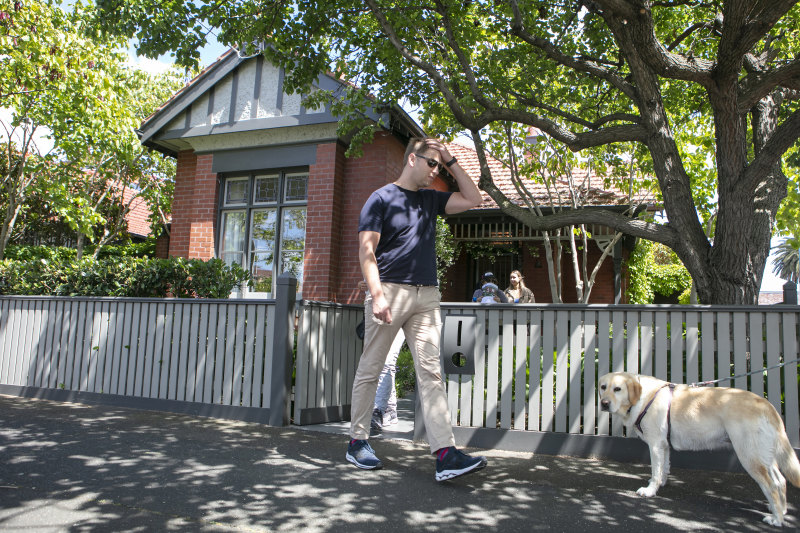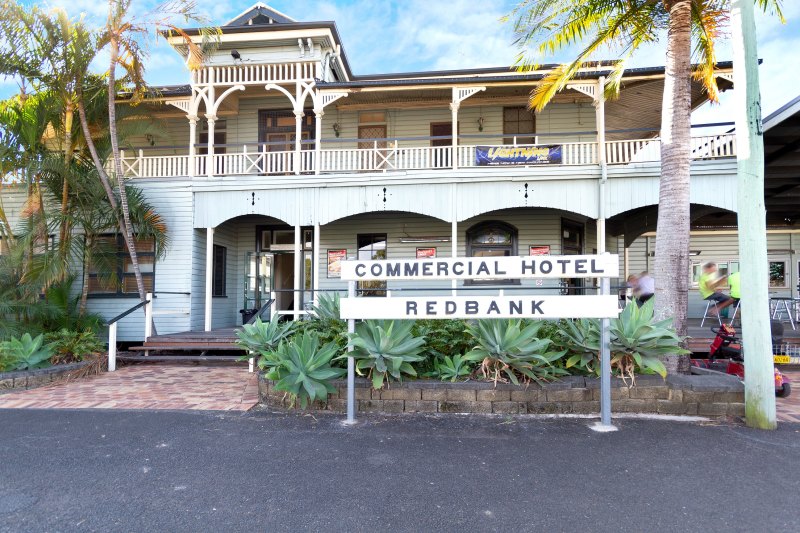Rate rises expected despite a further weakening in housing finance

The latest ABS housing finance data reveals a further decline in lending for housing across Australia.
In September, the total value of new finance commitments for housing (excluding refinancing) was $29.9 billion in trend terms. This was 1.1 per cent (or $327 million) lower than the previous month and 10 per cent below September 2017.
Interestingly, the trend data reveals that while the value of new finance commitments continued to decline, the rate of decline has eased slightly from -1.3 per cent in August.
Over 70 per cent of the decline was driven by a reduction in the value of owner-occupied loans, which fell $235 million over the month.
Given the availability of credit for housing is a strong indicator of house price changes, we may expect December quarter housing market results to reveal further price falls across Australian housing markets.
Owner-occupier commitments up over the year, but down sharply over the month
The total value of lending to owner-occupiers was $175 billion in the year to September. This was 2 per cent higher than September 2017 (below the long run average growth rate of 10 per cent), with Victoria driving most of the increase.
Meanwhile, the value of lending to investors has fallen a sharp 13 per cent, down to $131 billion in the year to September.
The spread between the value of lending to owner-occupiers and investors is now at its highest level in annual terms since June 2010.
Hobart continued to see the highest rate of annual increase in owner-occupier lending, at 9.4 per cent over the year.
The monthly figures tell a different story. The value of owner-occupier commitments for the purchase of dwellings was down 1.7 per cent over the month, compared with a 0.9 per cent decline in investor housing finance.
The number of owner-occupier commitments in September was 51,167. Over 31 per cent of those were from NSW, and 29 per cent were from Victoria.
Despite accounting for many of the owner-occupier finance commitments over the month, Victoria actually saw the sharpest monthly decline in the number of owner-occupier finance commitments, at -0.9 per cent.
Victoria also saw the sharpest monthly decline in the value of owner-occupier commitments, at 17.1 per cent, against an average decline of 8.4 per cent across the states and territories.
Further declines across lending come as RBA highlights future rate rise
The RBA reiterated an outlook of an increased cash rate in the November statement on monetary policy. The underlying cash rate set by the RBA is one of the most important determinants of housing demand.
In the statement, it noted that the underlying cash rate is set to hold through 2019, with the market pricing in a 25 basis point rise (to 1.75 per cent) in early 2020.
The indication of a future rate rise comes alongside optimistic expectations for inflation from the RBA members.
The RBA forecasts that the labour market will tighten, with the unemployment rate falling to 4.75 per cent by 2020, potentially inducing wage growth and lifting spending.
The optimism expressed by the RBA alongside declining new home loan commitments reflects a opposing dynamic between Australian economic performance, and housing price deterioration.
We recommend
We thought you might like
States
Capital Cities
Capital Cities - Rentals
Popular Areas
Allhomes
More







